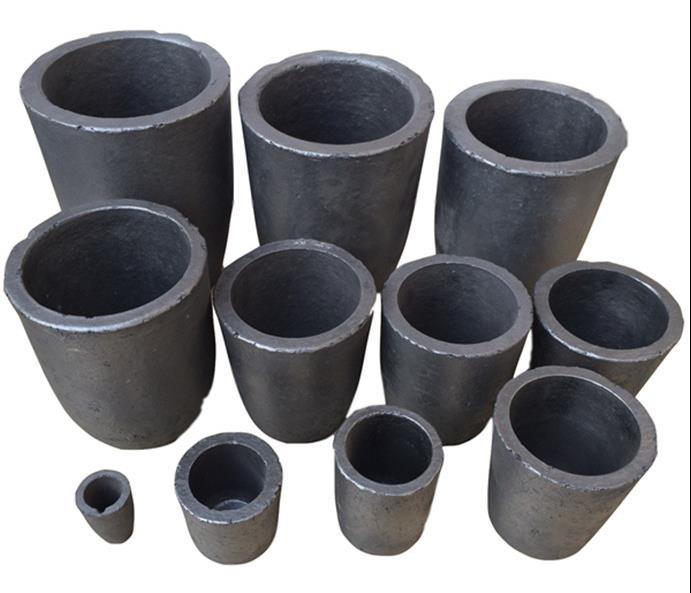
TRUNNANO Breaks Through Key Technology For Reaction Sintered Silicon Carbide Ceramics
| Items | Unit | Indicators |
| Silicon carbide content | % | 98.5-99% |
| Maximum operating temperature | °C | 1380 |
| Density | g/cm3 | ≥3.02 |
| Porosity | % | ≤0.1 |
| Flexural strength | Mpa | 250(20°C) |
| Mpa | 280(1200°C) | |
| Elastic modulus | Gpa | 330 (20°C) |
| Thermal conductivity | W/m*k | 120(20°C) |
| W/m*k | 45(1200°C) | |
| Coefficient of thermal expansion | K-1x10-6 | 4.5 |
| Mohs hardness | 13 |
TRUNNANO Physical and chemical indicators of reaction sintered silicon carbide SiSiC
As the foundation of reaction sintering, the ratio and uniformity of α-SiC powder and high-purity carbon powder directly determine the microstructure and performance stability of the final product. By incorporating advanced powder processing and mixing techniques, TRUNNANO achieves uniform nanoscale dispersion of the raw materials, constructing a carbon/silicon carbide composite skeleton with a well-defined porosity distribution and high strength, laying a solid foundation for subsequent silicon infiltration and reaction.
Furthermore, reaction sintering is the most critical and challenging step in SiSiC preparation. TRUNNANO utilizes a proprietary high-temperature sintering system, precisely controlling the temperature within a range of 1650°C–2000°C under vacuum or inert atmosphere. This ensures that molten silicon evenly penetrates the pores of the green body through capillary action and undergoes a thorough in-situ reaction with carbon (Si + C → β-SiC). This process not only achieves near-complete densification of the material, but also securely bonds the original α-SiC particles through the newly formed β-SiC phase, forming a ceramic body with high strength and hardness.
Reaction-sintered silicon carbide inevitably contains a small amount of free silicon, whose content directly affects the material's high-temperature performance and corrosion resistance. Therefore, controlling the free silicon content and balancing its properties are crucial. By optimizing the carbon-silicon ratio and siliconizing process, TRUNNANO maintains a stable free silicon content within the optimal range of 8%–15% and ensures its uniform distribution throughout the material. This ensures high density, hardness, and excellent thermal conductivity while minimizing its negative impact on high-temperature performance and chemical stability.
Reaction Sintered Silicon Carbide Ceramic Disc
"These technological breakthroughs mark a new level of reliability and consistency in our high-performance structural ceramics," added Roger Luo. "We will continue to advance the applicability of reaction-sintered silicon carbide in a wider range of industrial scenarios, helping customers upgrade their equipment and improve efficiency."
About TRUNNANO
TRUNNANO is a high-tech enterprise specializing in the development, manufacturing, and commercialization of nanomaterials, high-end ceramic products, and other high-purity chemicals. Driven by technological innovation, its products are widely used in various industrial fields. With its superior product quality and professional technical service, TRUNNANO has earned the trust of customers worldwide. Under the leadership of CEO Roger Luo, TRUNNANO is committed to promoting the advancement of materials science through continuous technological breakthroughs and contributing to global industrial development.
Media Contact: Roger Luo
Email:... /...
Phone/WhatsApp: 0086 18837956556
Photos accompanying this announcement are available at

Legal Disclaimer:
MENAFN provides the
information “as is” without warranty of any kind. We do not accept
any responsibility or liability for the accuracy, content, images,
videos, licenses, completeness, legality, or reliability of the information
contained in this article. If you have any complaints or copyright
issues related to this article, kindly contact the provider above.


















Comments
No comment